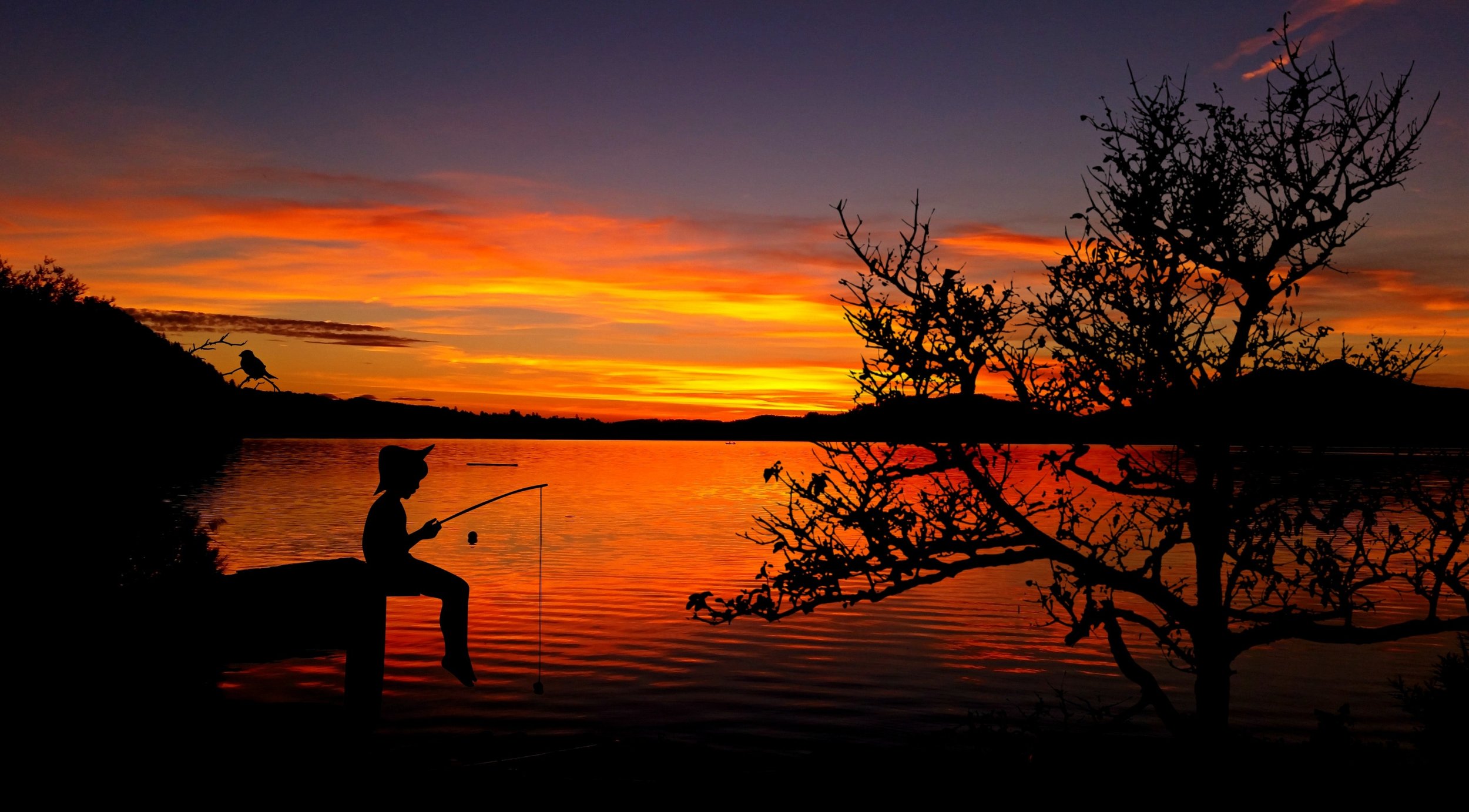
Supporting renewable resources and economic growth.
Communities Rooted in Agriculture.
The Everglades Agricultural Area (EAA) leads the State of Florida and all counties east of the Mississippi River in crop production, and is one of the ten largest agricultural producing areas in the United States. In fact, Palm Beach County has more agriculture than any other county in Florida, with 40% of its land actively farmed. In the South Florida region, Palm Beach County alone generated $1.41 billion in total agricultural sales in 2014-15, ranking it among the top ten counties for highest agricultural revenue in the nation.
The EAA provides:
sweet corn to supply 1 billion people an ear a day for two months
rice to feed 150 million people one time a day for two months
lettuce for a billion salads a year
36 million pounds of radishes annually
120 million stalks of celery a year
cabbage to make 250 million servings of coleslaw a year
350 million servings of green beans a year
Farms & Communities Under Attack.
Funded by wealthy, out-of-state billionaire hedge fund managers, special interest activists across Florida continually attack Florida’s sugarcane farmers. These attacks distort the truth, cast hard-working farmers as villains, and disrupt the livelihoods of the people of the Glades communities.
Using social media, traditional media and word of mouth at the grassroots level, these environmental extremists spread misinformation, suggesting Florida’s sugarcane farmers are to blame for pollution in Lake Okeechobee, despite factual evidence to the contrary.
The activists regularly blame sugarcane farmers for the Lake Okeechobee releases that are controlled by the U.S. Army Corps of Engineers.
Their central mission is to persuade the state of Florida and the federal government to buy farmland in the name of environmental restoration—which would put sugarcane farmers out of business and have a crippling impact on the Everglades Region's economy.
Lake Okeechobee, The Everglades & South Florida’s Water Debate.
With Everglades restoration and Florida’s water issues in the forefront of the media since the year 2000 when the Comprehensive Everglades Restoration Plan (CERP) was introduced, there has been an ongoing debate of how the CERP plan should be implemented. The primary goal of CERP is to capture fresh water that now flows unused to the Atlantic Ocean and the Gulf of Mexico and redirect it to areas that need it most. The majority of the water is to be devoted to environmental restoration, reviving the reminder of a dying ecosystem. The remaining water shall be used to benefit cities and farmers by enhancing water supplies for the South Florida economy.
Lake Okeechobee has often been called the liquid heart of the Historic Everglades and unfortunately, its health has been ignored too long.
A look at Water Storage Projects and Plans that affect the Lake O Region.
Water is Florida’s most precious resource. How water quality and quantity is managed in Central and South Florida not only affects the environment, but it is the cornerstone in ensuring the communities of South Florida remain vibrant and sustainable.
The Comprehensive Everglades Restoration Plan (CERP) is our ‘restoration roadmap’, an all-embracing plan that should be implemented in sequence to sustain and improve the health of our waterways, businesses, and communities.
Help Us Invest In Today’s Students / Tomorrow’s Leaders.
Learn about local programs that are designed to help people in the Lake Okeechobee Region earn certificates, degrees, and gain experience to land good-paying local jobs.

Workforce development.
Today, up to 60% of the workforce in many of our communities actually live outside of the Glades. We, along with stakeholders in the Lake Okeechobee Region, are committed to changing that paradigm. We support the creation of good local jobs and pairing our residents with the right local schools and training programs so that they may secure good local jobs.
Our promise the Lake Okeechobee Region:
Dedicated to our community.
Dedicated to change.
Dedicated to a brighter future.





